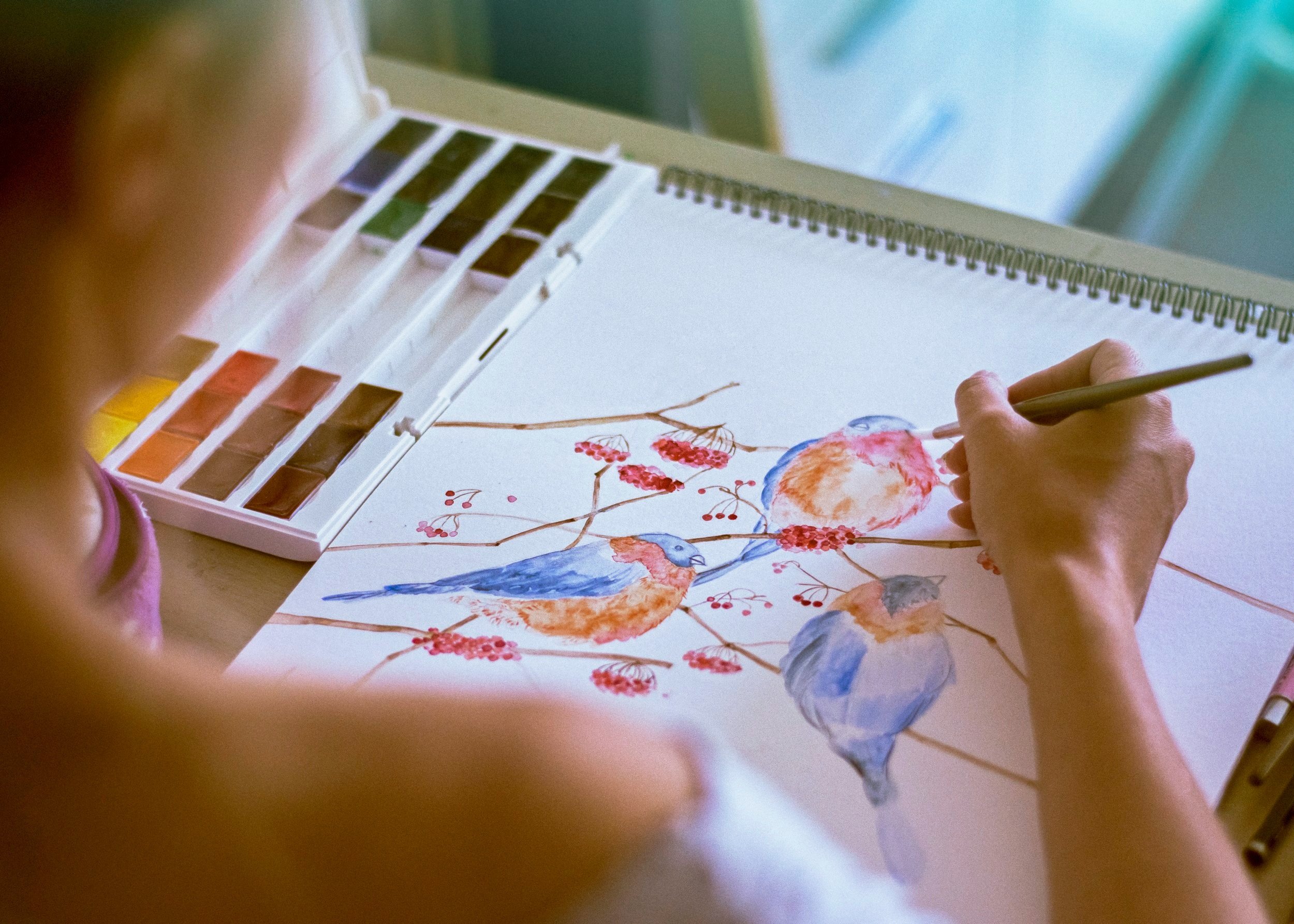“In bullfighting there is an interesting parallel to the pause as a place of refuge and renewal. It is believed that in the midst of a fight, a bull can find his own particular area of safety in the arena. There he can reclaim his strength and power. This place and inner state are called his querencia. As long as the bull remains enraged and reactive, the matador is in charge. Yet when he finds his querencia, he gathers his strength and loses his fear. From the matador’s perspective, at this point the bull is truly dangerous, for he has tapped into his power.”
It has taken me so long to learn the power of a pause. I was a disciple of effort—and misunderstood the pause. I believed pausing wouldn’t just be a short rest, I believed that it would mean ‘losing ground.’ That any lack of forward motion meant you were going backwards. I didn’t understand that the pause is a time of work all its own.
As a child therapist, I understood quiet. Children naturally work and then pause. They work at one thing and then shift to another. They get engaged in what they are building and ignore you. Pausing the conversation and doing their own work. Child therapy has its own rhythm—has its own ebbs and flows. Much of what you do is follow along and be there—stay with them.
In my own healing I had a much harder time with pausing. Yes, I was used to effort, but it was more than that. Being more visual than musical, I saw the pauses as white space, and white space in art is what allows an object to stand out—to be seen. Pausing felt dangerous—there is no way to hide in a pause—no distractions. I would be seen by another, but I would also be able to see, and hear myself in the pauses. Much like the pause in music, feelings would reverberate. I would feel them. So for a long time constant motion felt safe, and pausing didn’t.
In the beginning, exhaustion substituted as a pause. I would only be able to stop and take things in when I simply got too tired of driving forward. But in those moments I was really aware of the feeling of calm, connection and groundedness that could come from these moments of pausing. Exhaustion would force me to let go and rest.
Mozart said that the music is not in the notes, but in the silence between them. And I have found that the music of healing comes with the pauses. The pause you need can be a simple pause in conversation. Or a break from forward motion while you sort through what you have already talked about. It can be a break from hard work altogether—a chance to write, play, draw. Or it can be a complete break—a time out from healing while you focus on something in your daily life that needs attention.
In pauses you feel your feelings, you renew your energy and find, as Tara Brach states above, there’s not just rest or calm in the pause, there is also power. When you can pause, when you can stay, you realize you are bigger than the thing you have been running from or hiding from. You realize that you have the capacity to hold it, to feel it, to heal from it. Whereas the trauma had you feel powerless, surviving the pauses reacquaints you with your own power in a quiet and wonderful way. And it’s a place you can always return to. That place of rest. The pause.
© 2023/2016 Gretchen L. Schmelzer, PhD




